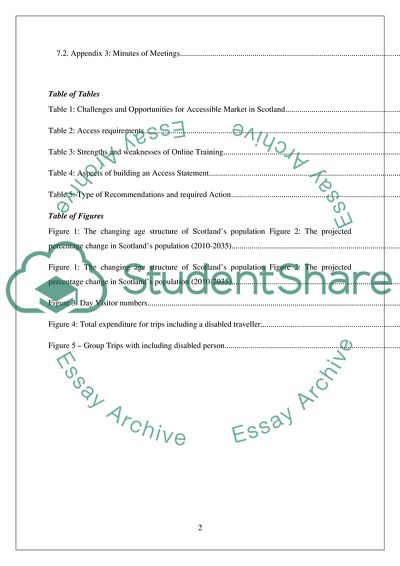Cite this document
(“Report on Accessible tourism and accessible market regarding visitor Essay”, n.d.)
Report on Accessible tourism and accessible market regarding visitor Essay. Retrieved from https://studentshare.org/tourism/1684855-report-on-accessible-tourism-and-accessible-market-regarding-visitor-attections
Report on Accessible tourism and accessible market regarding visitor Essay. Retrieved from https://studentshare.org/tourism/1684855-report-on-accessible-tourism-and-accessible-market-regarding-visitor-attections
(Report on Accessible Tourism and Accessible Market Regarding Visitor Essay)
Report on Accessible Tourism and Accessible Market Regarding Visitor Essay. https://studentshare.org/tourism/1684855-report-on-accessible-tourism-and-accessible-market-regarding-visitor-attections.
Report on Accessible Tourism and Accessible Market Regarding Visitor Essay. https://studentshare.org/tourism/1684855-report-on-accessible-tourism-and-accessible-market-regarding-visitor-attections.
“Report on Accessible Tourism and Accessible Market Regarding Visitor Essay”, n.d. https://studentshare.org/tourism/1684855-report-on-accessible-tourism-and-accessible-market-regarding-visitor-attections.


